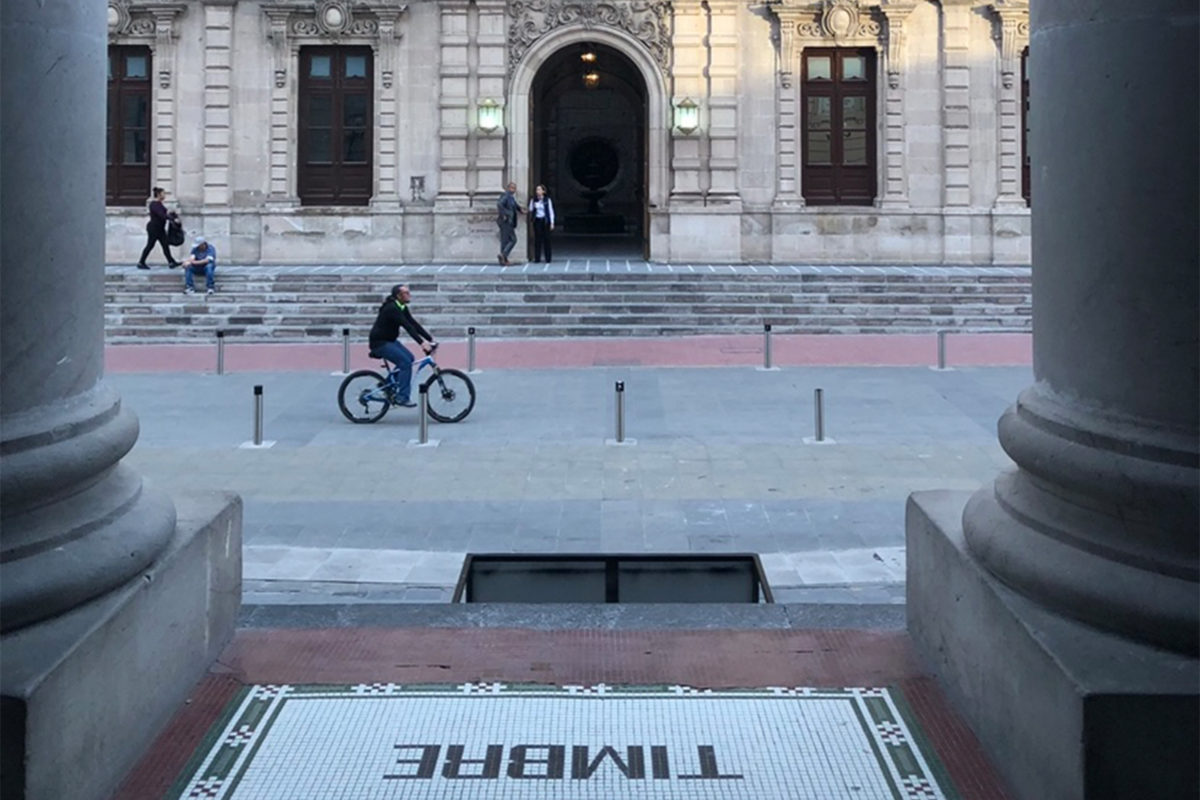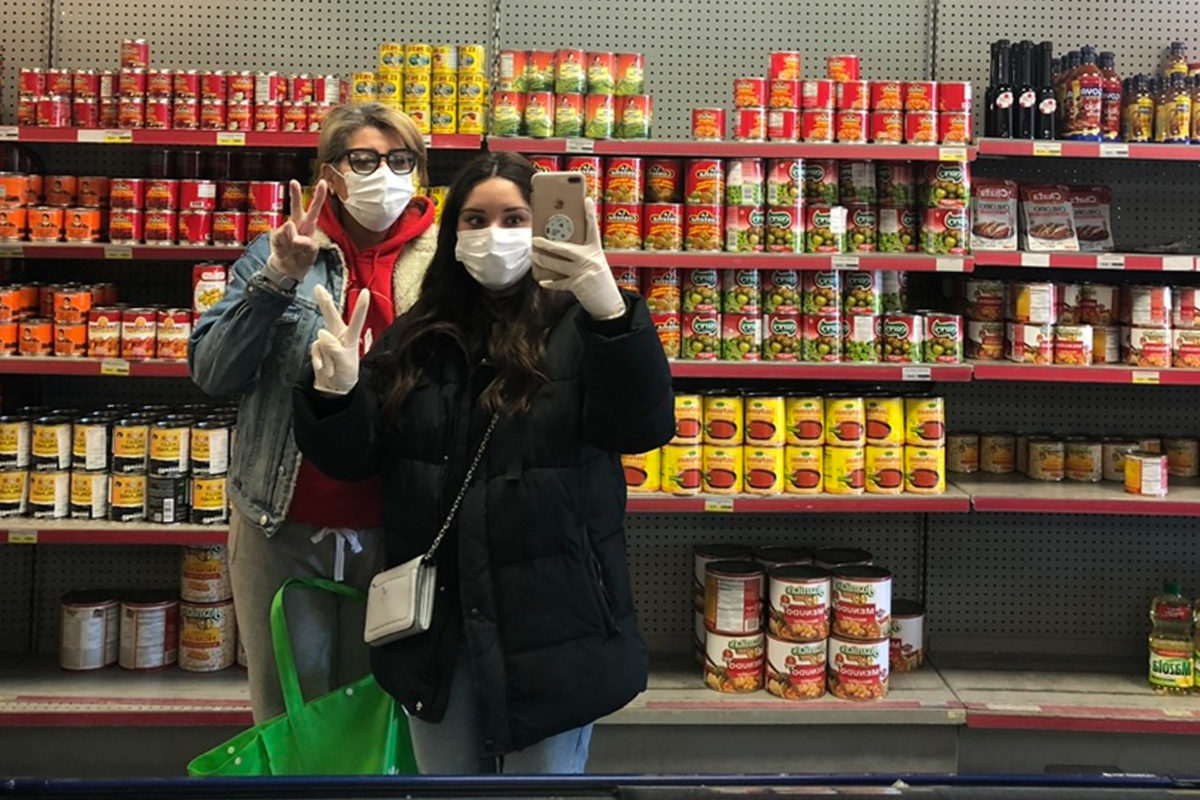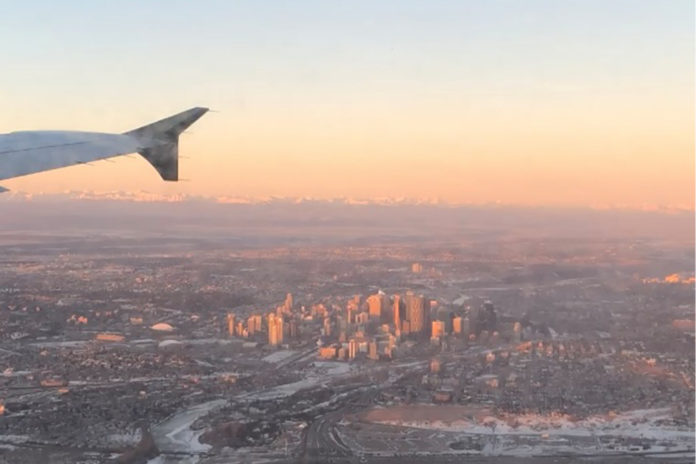I have no physical home, I have people I call home. I have built my life in houses only to find home in the people that I love and the places I frequent. Growing up with three citizenships was not as easy as people might think. Privileged? Yes. Easy? No.
I am a Mexican-Canadian with a leftover American citizenship. My home changes when my geographical location changes. In Mexico, I call Canada home. In Canada, I call Mexico home.
I was born in the border city between Mexico and the United States in El Paso, Texas, raised in Calgary by Mexican parents. How’s that for complicated?
“Where are you from?” Try answering that without feeling some itch in your gut because you are not from anywhere but you are from everywhere. That question further exacerbates the identity crises I have been dealing with for over two decades.
Calgary is home to a large Latin American diaspora. Where I live in Calgary, there are tiendonas—“ethnic” supermarkets stalked only with popular Latin American brands—where Latino immigrants find a piece of their motherland whenever they enter the UniMarket Latin Foods. That is the place where my identity feels the safest. A place built on foreign land bearing a resemblance to a place you once knew before you migrated.

When I walk into my local tiendona, I smell the Suavitel—a Mexican laundry detergent my family in Mexico uses for washing their clothes—and it smells like comfort. When I look at the Duvalines, a vanilla and hazelnut candy, and mazapan, a peanut butter candy on the shelf, all I see are the what-ifs of a life if I was raised in Mexico.
In the film Selena (1997), Edward James Olmos, portraying Abraham Quintanilla, says to Selena, portrayed by Jennifer Lopez, “We have to be more Mexican than the Mexicans, and more American than the Americans, both at the same time! It’s exhausting!” A more accurate conception of having more than one cultural identity could not exist.
It’s strange to be in a place I think is home only to be told by the people who live there “full-time” that I am not from there and that this is not my home. When I converse with people in Canada and they ask me where I am from, I curtail the long explanation and say Mexico.


I conform to the identity they give because in their minds, a person with Latina features could never be originally from their country. When I am being introduced to people by my family members in Mexico, they say I am from Calgary in Canada. I reaffirm this only to conform to the identity they have given me in their eyes. When I am talking to a fellow child-of-Latin-American immigrants who was also born abroad, they see their identity in me and I in them. These people are as comforting as the smell of Suavitel when I walk into that tiendona.
Since the beginning of the COVID-19 pandemic, I have been far and near with my family. I have never felt further from my family in Alberta and Chihuahua, Mexico. I have also never felt nearer to the people I love and cherish. Growing up, I never got to celebrate birthdays the way we do in Mexico, surrounded by every member of your family.
The way I celebrated birthdays was with my parents and a phone. The phone was the only method of communication we had with our family back home. But with the advent of Zoom calls and video-streaming software, being home has never felt easier even with a gap of 3,000 kilometres in-between. The pandemic has been misery for many, but it has also made room for reconnection between families.


Home is the intersection of a Latin American cultural supermarket housed on the land that welcomed its migration. But home is also the people who share my identity and experiences. It is also the smell that brings me back to all the days I spent in harmony with my three identities. Home will never be the place I choose to live in. My theory is simple: it is not where you call home, it is where you feel at home – and most of the time it is people who make you feel at home.

